The clock is ticking for organizations currently using Esri’s geometric network; it can only be edited in ArcMap, a software facing an end-of-life status in 2026. The utility network, introduced in 2018, has gained momentum in the market, with large utilities making headlines as they transition. While smaller utilities and municipalities face a similar need, perceptions about the complexities and cost of making this significant change have caused some trepidation about when and specifically how to move forward.
A Call for Simplicity:
In response to this challenge, experienced utility network implementation partners have been seeking ways to reduce project costs significantly. Most of these partners resort to custom data migration tools, believing this approach simplifies projects and reduces costs. However, firsthand experience shows that custom solutions often lead to added costs and post-go-live reliance on these tools. We believe this legacy practice of relying on custom solutions is due for a reevaluation.
At The Gartrell Group, we’re taking a different approach. Our method for transitioning smaller utilities and municipalities to the Utility Network is to start as simple as possible and to maintain an abiding commitment to increase technology (and costs) only as absolutely necessary. This approach may sound too good to be true, but it’s doable…and it works.
How the D_Configuration Helps:
Esri has provided "foundation packages,” which can serve as UN migration starter kits. Though they are very thorough and well-designed, these packages tend to accommodate a much broader set of use cases and scenarios than are applicable to the smaller organizations we work with. To address this gap, we have developed tailored packages that closely match the needs of the smaller entities that we work with. One aspect of this work has been to make use of a built-in Utility Network tool called the D_Configuration table.
Unlike the geometric network, deleting asset groups from the base model in the Utility Network may lead to errors in related rules, network attributes, and domains. However, the D_Configuration allows users to "turn off" any asset group, asset type, field, domain, or domain value, and the entire model respects this change. This eliminates the need to hunt down interconnected logic and significantly reduces the risk of technical debt and reliance on custom solutions.
Configuring Maps and Symbology:
Properly configuring maps and symbology hinges on defining asset groups and asset types. Foundation packages help by providing initial maps that match the schema, saving valuable time and expediting the transition from data loading to system demonstration.
Migration Solutions:
To simplify the migration to the utility network, we utilize one of two readily available migration solutions: FME and Esri's DLT.
FME is an industry-standard data migration and manipulation tool and has developed migration workbenches in collaboration with Esri. If you're already familiar with FME or your data volume necessitates it, FME is a suitable choice.
Alternatively, Esri's DLT solution is robust and widely used for utility network migrations. It creates mappings and a migration workspace and effectively migrates source data into your new asset package.
Sample Utility Network schema.
Sustainability and Strategic Response:
This approach simplifies the transition to the utility network and equips you with the tools needed to sustain your model after go-live. It represents a strategic response to the unanswered question of how smaller entities can successfully navigate utility network migration.
Next steps:
If you are a municipality or smaller utility looking for guidance on your Utility Network migration, we would love to help you through the process. Find a time that works for you here so we can get you started on an affordable and manageable migration to Esri’s Utility Network.


